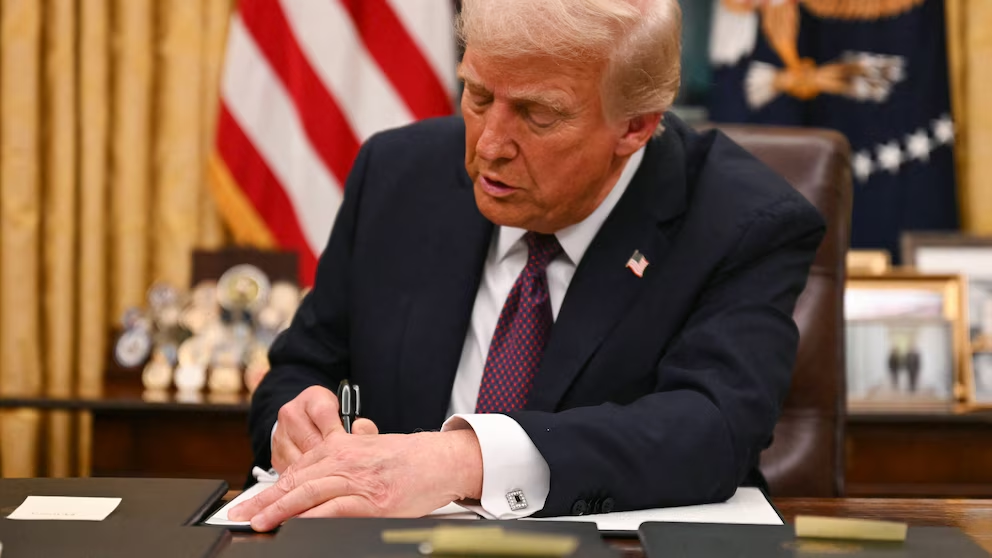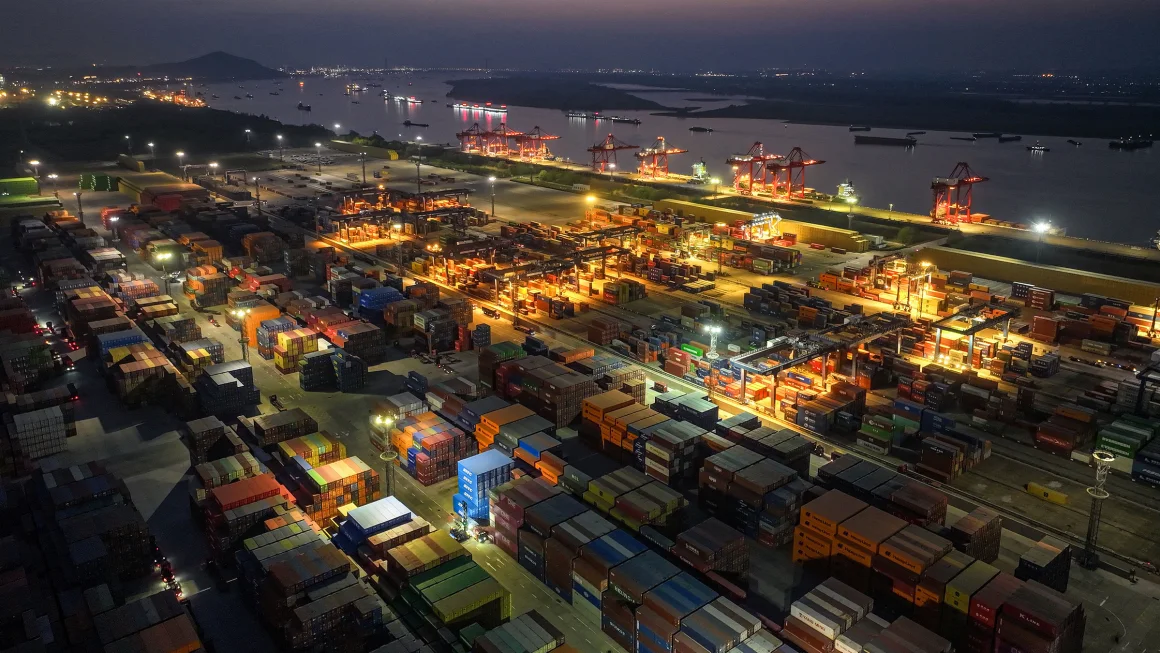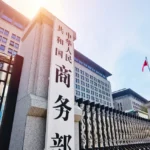America’s leading military shipbuilder, Huntington Ingalls Industries (HII), has partnered with South Korea’s Hyundai Heavy Industries in a move that could significantly enhance the U.S. Navy’s ability to compete with China’s rapidly expanding naval fleet.
The Memorandum of Understanding (MOU) was signed on Monday during the Sea Air Space 2025 exposition in Maryland. HII’s Executive Vice President, Brian Blanchette, emphasized the importance of international collaboration, saying, “By working with our shipbuilding allies and sharing best practices, we believe this MOU offers real potential to help accelerate delivery of quality ships.”
Both HII and Hyundai build Aegis destroyers, critical components of their countries’ naval defense systems. These ships are designed to counter threats like ballistic missiles from adversaries such as China and North Korea. Hyundai stated the agreement marks the first major collaboration between top U.S. and South Korean shipbuilders capable of constructing advanced Aegis-class warships.
Hyundai Heavy Industries, which runs the world’s largest shipyard in Ulsan, South Korea, is a global shipbuilding powerhouse, producing 10% of the world’s ships.
The agreement comes as analysts continue to raise concerns about China’s growing naval dominance, thanks to its ability to produce warships quickly. Meanwhile, U.S. shipyards face limitations due to labor shortages and restricted capacity.
“This agreement is a strong start toward addressing America’s shortfall in shipbuilding,” said Carl Schuster, a Hawaii-based analyst and former U.S. Navy captain. Although U.S. law currently prevents foreign shipyards from fully building warships for the U.S. Navy, the agreement allows for collaboration in maintenance and refurbishment—areas where delays have become a serious issue.
In fact, another South Korean company, Hanwha Ocean, recently completed a seven-month overhaul of the U.S. Navy supply ship USNS Wally Schirra, a milestone praised by U.S. Navy officials for boosting readiness and reducing costs.
Hyundai’s naval division leader, Joo Wonho, said the deal would “contribute to the strengthening of bilateral security cooperation,” while South Korean lawmaker Yu Yong-weon called it “a new win-win model” for both countries’ shipbuilding and defense industries.
Schuster noted a major benefit of the collaboration could be training American workers in shipbuilding, helping to close the labor gap that’s currently holding back U.S. production.
Looking ahead, if U.S. laws are changed, Hyundai could potentially build entire warships for the U.S. Navy. Hyundai claims it has the capacity to build five or more Aegis destroyers per year, compared to the two or fewer produced annually by U.S. yards.
The deal follows another significant move last year when Hanwha Ocean acquired Philly Shipyard in the U.S., further deepening U.S.-Korea cooperation in shipbuilding.
Bence Nemeth, a senior lecturer at King’s College London, believes the partnership is a strategic win for both nations. “A strong U.S. Navy is crucial for South Korean national security, as it helps deter North Korean aggression,” he wrote.
With this new alliance, the U.S. Navy could see faster fleet growth, enhanced readiness, and stronger regional defense ties—all key in countering the growing maritime power of China.














